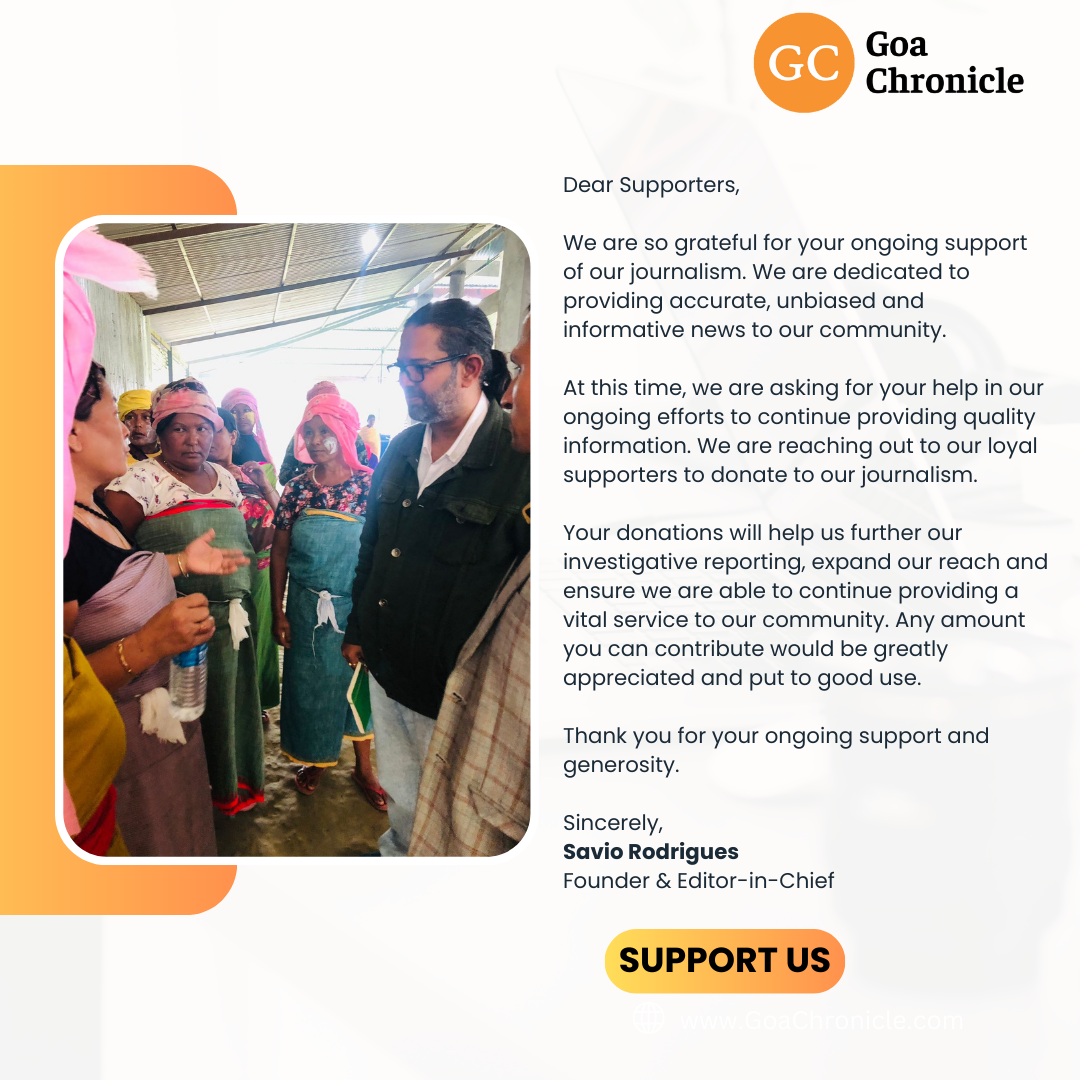In 2016, Saudi Arabia announced its Vision 2030. The plan is a sustainable vision for the future of Saudi Arabia with sustainability at the heart of everything the Kingdom does, from policy development and investment to planning and infrastructure. It involves social and economic reform strategies designed to achieve a diversified private sector-led economy, a healthy and vibrant society, and a more sustainable future.
Mohammad Bin Salman Al Saud, Prime Minister of Saudi Arabia and Crown Prince aim is to stamp its leadership authority in the Arab world and turn the Middle East into the ‘Europe of the future’. With sustainability at its heart, Vision 2030 is a catalyst for reform.
Saudi Arabia’s impressive natural potential for solar and wind power and through strategic investments in sustainable technologies, signature projects have been launched to diversify energy resources and optimize the Kingdom’s energy mix.
Reportedly by 2030, the contribution of renewable energy to the overall energy mix will reach up to 50%. Renewable energy projects are one of the key drivers towards achieving sustainability that will contribute to avoiding emissions and the displacement of high-value fuel in electricity generation.
India and Saudi Arabia share robust bilateral trade relations, which have risen steadily since the mid-2000s. India is a huge market and largely an import-oriented country. The signing of economic and investment pacts has portrayed Saudi Arabia’s appetite to enhance its economic footprint in India. Indian businesses are vital for Saudi Arabia for joint ventures and large-scale investments. Also, investments and expatriate manpower have offered a mutually advantageous partnership in the economic sphere between India and Saudi Arabia. India-Saudi trade stands at USD 27.48 billion in 2017-18. The two countries have also identified nearly 40 potential areas for joint collaboration and investments across various sectors. In order to eliminate trade barriers, the two countries have focused on the relaxation of rules for business and trade investments for export and to gain access to both domestic and regional markets.
India and Saudi Arabia are pursuing a cross-country initiative carried by the tide of a new era of energy diplomacy, and the Gujarat coast may soon be linked to the Middle East with deep sea cables, creating a green energy grid.
Tata Group, Reliance Industries Ltd., JSW, and Adani, among others, have already received invitations from the Saudi envoy to India asking for their opinions. The Arabian Sea separates the Gujarat coast (Mundra Port) from the emirate of Fujairah, a distance of 1,600 kilometers. The cable might possibly travel 1,200 km through Oman, with the deepest point at 3.5 km. According to the sources, three years ago, petroleum and natural gas officials did a feasibility study but the project has only just started to move forward as a result of the Indian government’s push for the International Solar Alliance.
As India proactively aims at increasing stakes in Green Hydrogen, it is prudent to extend hands of cooperation to its age-old energy partners in the Gulf. India depends on the Gulf Cooperation Council (GCC) countries for the majority of its energy needs; they contribute almost 35 percent of India’s oil imports and 70 percent of its gas imports. Even though the ultimate aim of the Green Hydrogen mission is to reduce New Delhi’s energy dependence, India will continue to import oil and gas until it achieves a complete transition from fossil fuels to renewable energy.
India as well as the GCC countries are favorably placed to invest in Green Hydrogen energy. GCC countries have the potential to become hydrogen producers as well as exporters as they have the existing industrial capacity and the required capital to invest in the initial infrastructure. These countries also have an abundance of inexpensive land and water along with solar and wind resources that can help in the production of Green Hydrogen. More importantly, the countries are situated in geographical proximity to the emerging and future markets for cleaner fuel. Lastly, the GCC countries can easily be producers of Blue Hydrogen due to the availability of hydrocarbons and the carbon capture, utilization, and storage (CCUS) capacity.
GCC members are seeking investments in the hydrogen sector; Saudi Arabia intends to attract more than USD 36 billion of investment by 2030 under its National Hydrogen Strategy. The UAE is planning to build a hydrogen industry ecosystem and seeks investors to build hydrogen export facilities. Oman aims to produce one million Tonnes of Green Hydrogen by 2030 and hopes to attract USD 20 billion in investment in the sector in the same period.
Vision 2030 of Saudi Arabia and India’s Energy policy synergistically look to shift from conventional sources to alternative renewable and clean sources of energy. Saudi Arabia is a member of the International Solar Alliance and is a contributor to fulfilling ISA’s mission. In addition, Saudi Companies like Alfanar and Aljomaih have invested in India’s Wind and Solar Energy projects. Furthermore, both countries are collaboratively exploring Hydrogen Energy as a future source of energy.
Trends indicate that India and Saudi Arabia in the months ahead will strengthen their bilateral relationship, and renewable energy will be the glue – a bond that began with the signing of the MoU on cooperation in the field of renewable energy between both Saudi’s Ministry of Energy and India’s Ministry of New and Renewable Energy in 2019.
































